Understanding Different Operational Modes Of Shaft Generator On Ships
The shaft generator on a ship is an excellent example of a waste heat recovery system, which not only utilizes the waste energy from the engine but also supplies the additional work to the propeller shaft when the main engine is underperforming.
The shaft generator has two modes of operation:
- Power Take Off (PTO): The additional energy generated in the main engine is taken off by the shaft generator to produce electricity as an alternative to the four-stroke gen-sets; hence this mode is called PTO or Shaft generator mode.
*PTO can improve ship EEDI figures
- Power Take In (PTI): Power Take in (PTI) mode provides propulsion power to the shaft which boosts the main engine with temporary extra power. It can also be used as an emergency backup machinery to propel the ship to the nearest shore if the main engine goes out of operation, thereby increasing the redundancy factor. This mode is also known as shaft motor mode.
*PTI can deteriorate the EEDI figures if used for increasing the ship’s speed
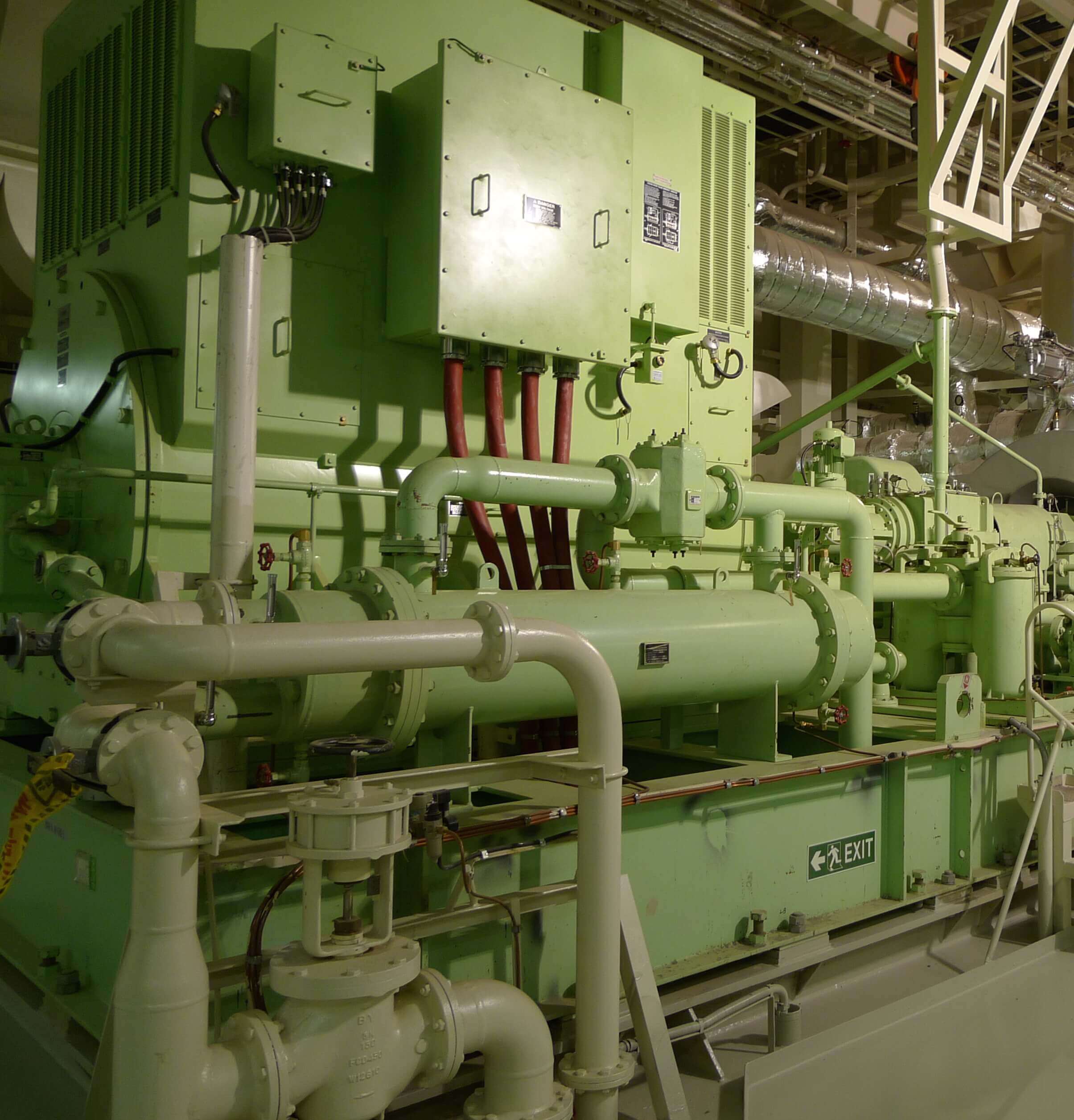
Operation:
Power Management System (PMS) is installed in the ship’s engine room to look after the safety and operation of the power generating machinery, which includes auxiliary generator, turbine generator, and shaft generator.
The Shaft Generator – Motor circuit breaker is usually closed, if not, an operator can close the circuit breaker via the PMS panel. This command is released if sufficient apparent power is available. The two modes explained above is controlled by PMS of the ship.

Shaft Motor Mode:
The shaft motor mode can be further classified into:
Run up assistance (override function):
This mode can be selected in the PMS panel and once selected, it will override the currently active mode. The preconditions to enable this mode are:
- Thermal run-up main engine (load program is active)
- The auxiliary or/and turbine generator are already connected to the busbar in automatic mode
Under this mode, the shaft motor uses power from the auxiliary and turbine generators and then supplies the additional propulsion power to the main engine during acceleration from maneuvering speed to cruising speed, resulting in the reduction of thermal stress.
If the turbine generator and the connected auxiliary engine produces more power than required, the PMS will reduce the power of the Diesel(s) and stop the excess running auxiliary engine to save fuel.
ELS (Economical Load Sharing):
This mode is useful when turbine generator is available in the engine room. To run this mode, following precondition to be fulfilled:
- The turbine generator or Diesel generator is already connected to the bus bar in automatic mode
From the available steam and exhaust heat of the main engine, the turbine generator will produce as much power as possible. The excess power (power left after supplying to ships machinery and cargo load) will be used to power the shaft motor, which will then assist in the propulsion. Consequently, the load on the main engine will reduce and it will consume less fuel oil.
This is possible under normal sea running conditions when the turbine generator produces more power than required for the ship network and reefer container supply. In case of raised consumption or lower power production, the PMS will reduce the load of the shaft motor. If the load is nearly 0 KW, the PMS will change the shaft motor to the shaft generator.
Automatic booster:
To run this mode, following precondition to be fulfilled:
- The turbine generator or Diesel generator is already connected to the bus bar in automatic mode
In this mode, the shaft motor supports the main engine in case of load limitation to achieve the desired speed.
The automatic booster continuously monitors the shaft generator power, and if it is 0KW, it will stop the shaft generator, and this mode will change it over to the shaft motor mode and increase the load of the shaft motor with other diesel generators in service.
Depending on the consumption in the network the shaft motor can be kept in service or the shaft motor will have to be changed over to the shaft generator.
If the shaft motor can be kept in service, the auxiliary engines will be de-loaded to their minimum load. The AE’s will be maintained in service until the HP dumped steam has been able to substitute the shaft generator power for at least 15 minutes.
Manual booster:
To run this mode, following precondition to be fulfilled:
- The turbine generator or Diesel generator is already connected to the bus bar in automatic mode
The manual booster function is used to boost ships speed by assisting the propulsion engine in a situation where the stress reduction in the main engine is necessary.
Example of such situation is the Minor main engine alarm, where the crew will de-load the engine and closely track the engine trends.
The manual booster function will boost as much as possible with the currently connected auxiliary engine and turbine generators but is limited by an operator setting.
This mode will not automatically start additional Diesel engines.
Limitations of Shaft Motor:
The shaft motor will be limited in situations wherein sufficient power is not available. The PMS will activate the limitation, usually, if the Diesel generator achieves 95 % of the available power (This value is above the ‘standby’ limit and below the ‘trip of unessential consumers’ limit) or if the turbine generator sends the “full load” signal.
The Shaft Motor converter controller itself limits the load of the shaft motor automatically if the bus bar frequency falls below 58.0 Hz. This limitation is independent of the PMS.
Shaft Generator Mode:
To important precondition for starting the shaft generator is:
The SCM is ready to start or is already connected to the bus bar.
*Synchronous Condensing Motor provides necessary reactive power which cannot be supplied by a DC circuit. It also takes care of the voltage regulation of the system.
SCM operating sequence:
- When a shaft generator is started, the PMS will 1st start, synchronize and connect the SCM to the bus bar.
- Once the shaft generator is stopped, the PMS will send a stop signal to the SCM (if the turbine generator is not connected to the bus bar).
Note: If the SCM is not available, a start of the shaft generator will be blocked, but the starting the shaft motor will be possible.
In some systems, new technology – “pulse width modulated converter system” is used which supplies effective power and reactive power to load on ships without the need of asynchronous condenser.
In this mode, the shaft generator will run as a normal generator on the bus bar providing additional power to the main switchboard of the ship.
The normal PMS settings for the power production of the shaft generator compared to a turbine and auxiliary generators are:
- Turbine generator and Shaft generator in parallel:
If the shaft generator runs in parallel with the turbine generator, the turbine generator will produce as much power as possible, and the shaft generator will provide the remaining power.
- Shaft generator and auxiliary generator in parallel.
If the shaft generator runs in parallel with a Diesel generator, the shaft generator will produce as much power as possible, and the diesel generator will produce the remaining power.
If the reserve power of the shaft generator falls to 10% of the nominal power, the PMS starts, synchronizes and connects the first standby diesel generator to the bus bar. If the power of the auxiliary generator achieves its minimum load, the AE will be kept in service until the shaft generator has been able to substitute the AE power for 15 minutes. The PMS will than de-load, disconnect and stop the auxiliary engine.
Special use in shuttle tanker:
In shuttle tanker, the shaft generator can be used to drive electrical cargo pumps for enabling the cargo operation by running the main engine. This is only possible with a plant having a controllable pitch propeller. The CPP is set to 0 RPM, and the main engine is run to generate electricity for cargo pump supplied via shaft generator. A flexible coupling is provided between the PTO and the intermediate shaft with a built-in torsion limiting device. In case of breakage of this flexible elements, the device will transmit the torque by the help of steel parts until the safety system has shut down the engine.
Limitations:
The maximum available power of the shaft generator / – motor will depend on the main engine rpm. Below the ME minimum rpm limit of ME (Say 40 rpm) the Shaft generator will be blocked by the PMS.
During rough weather, as the propeller comes out of the water the speed variations will increase and may reach a level where shaft generator operation is not possible and, accordingly, the electricity production must be shifted to the auxiliary engines.
By installing a shaft generator/motor on a vessel, it can run much more efficiently and take into consideration all conditions that place fluctuating demands on their loads. Use of this waste recovery machine leads to high-efficiency performance and significantly lowers fuel consumption, allowing ship owners to gain higher profit margins from their businesses.
Do you know any other important points that can be added to the article?
Let’s know in the comments below.
Do you have info to share with us ? Suggest a correction

About Author
An ardent sailor and a techie, Anish Wankhede has voyaged on a number of ships as a marine engineer officer. He loves multitasking, networking, and troubleshooting. He is the one behind the unique creativity and aesthetics at Marine Insight.
Latest Marine Technology Articles You Would Like:
- 10 Situations When Ship’s Generator Must be Stopped Immediately
- 10 Important Tests for Major Overhauling of Ship’s Generator
- 8 Important Points To Note For Maintenance Of Emergency Generators On Ship
- Understanding Different Operational Modes Of Shaft Generator On Ships
- Ways of starting and testing emergency generator
- What’s The Criteria For Reuse or Replacement of Auxiliary Engine Connecting Rod On Ships?
Subscribe To Our Newsletters
By subscribing, you agree to our Privacy Policy and may receive occasional deal communications; you can unsubscribe anytime.











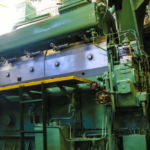
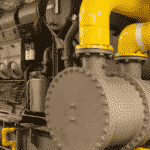
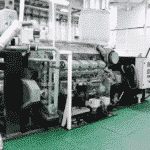
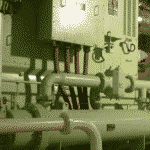
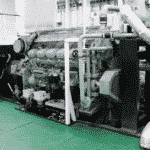
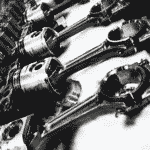
It is very useful technical information for the Marine engineers & Deck officers to know the technological importance and Economical benefits of the shipping industries. which helps to achieve Safe,Secure and Clean Sea & Environments. As Marine Chief Engineer;technical superintendent;Marine & cargo Surveyor;lead auditor in 45001:2018 OH&S MS.
Dear Sir can you inform me why the shaft generator use ( frequency converter )
BR
A frequency converter is used in a shaft generator system in order to convert the varying speed of the main propulsion shaft to a constant frequency output.